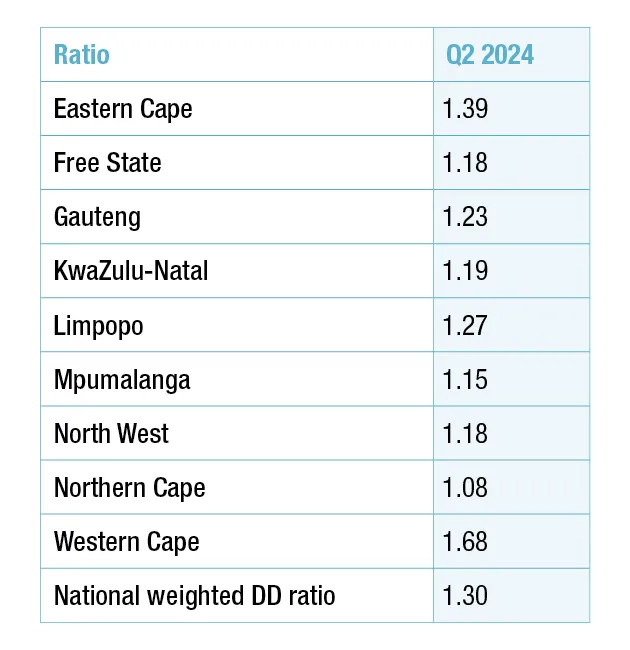2023’s essential rental amenity – Solar panels
Access to electricity is becoming less and less reliable, making home energy generation look very attractive. How can residential rental agencies help?
.png)
This money belongs to the tenant but is managed on behalf of the landlord, so managing it responsibly is complex but crucial. Accordingly, deposit management is an integral part of PayProp’s offering.
Property practitioners manage damage deposits on behalf of the landlord, and funds must by law be invested in an interest-bearing account with a financial institution. Interest earned must be paid to the tenant when they vacate.
PayProp makes this easy – our platform enables (and requires) each deposit to be linked to a specific tenant, landlord and property, which means deposits can’t ever get mixed up. Any payments into or out of a deposit account are visible in real time, and balances can’t be altered fraudulently or accidentally – what you see is always correct and up to date. Whatever withdrawals or payments or deposits are made are always visible in a permanent, unchangeable audit log, and PayProp offers rigorous built-in permissions such as segregation of duties, authorised signatories, dual permissions and automated system alerts, so only nominated agents can release deposit funds.
Furthermore, PayProp’s transparent reporting makes it easy to spot tenants with no deposits in a flash, as well as tenants with inadequate deposits, deposits held after the tenant moved out, deposit payouts, and other movements.
Rental agents are required to have an incoming and outgoing inspection as proof of the property’s condition before and after the tenant occupied it. If a joint inspection is not carried out, the landlord cannot deduct the cost of any repairs from the damage deposit. PayProp makes it easy for agents to load invoices and set up payments for any repairs transparently, and easily refund the balance within the required 14 days if any damages had to be repaired (or within 7 days if there were no damages).
Of course, fair wear and tear is to be expected and is for the landlord’s account. PayProp’s Property account can come in handy here – agents can set up payment rules to help landlords put some money from their rent payments aside automatically, which can then be used to repair worn items. These repairs don’t have to come directly from the landlord’s pocket as an unplanned expense (or prematurely or unlawfully from a deposit), and on top of that, the funds in the Property account earn interest.
The correct damage deposit ratio is crucial. It is calculated as the value of the damage deposit divided by the rental amount. E.g. if you require a R15 000 damage deposit for a property with a monthly rent of R10 000, the damage deposit ratio is 1.5.
What is the ideal damage deposit ratio? It depends. Nationally, the (weighted) damage deposit ratio is currently 1.3, and has historically ranged from 1.25 to 1.3 for years. Provincially, it ranges from 1.08 in the Northern Cape to 1.68 in the Western Cape.

Why the discrepancy? A few factors can affect the damage deposit ratio:
It’s a good idea to maintain a consistent damage deposit ratio as the monthly rent increases (usually when tenants renew their lease) – it helps to keep landlords protected as the cost of repairs also tends to rise over time. Agents can do this by applying the initial ratio to the new monthly rental amount. Note that the deposit top-up requirement must be stipulated in the lease agreement, so if your agency isn’t already doing this, you may need to review your leases for future tenants.
While the damage deposit should not be used during the period of the lease, many agents resorted to doing so as partial rent payments during the initial stages of the pandemic. This was an outlier event, but hardship notwithstanding, the same principle as above applies – when the situation normalises, tenants should ideally top up any depleted deposits to the desired ratio as stipulated in the lease agreement.
Having the tools to properly manage damage deposits has many benefits for estate agencies. Not only are landlords’ properties protected, but well-managed damage deposits book is a sign of a healthy rental book – something that is a sellable service or portfolio disposal asset.
For all eventualities, PayProp streamlines deposit accounting and reporting and has processes that ensure the safety of deposit funds so that rental agents can focus on doing what they love.
Sign up for the month's most important UK private rented sector headlines, curated by us. Lorem ipsum dolor sit amet, consectetur adipiscing elit.
